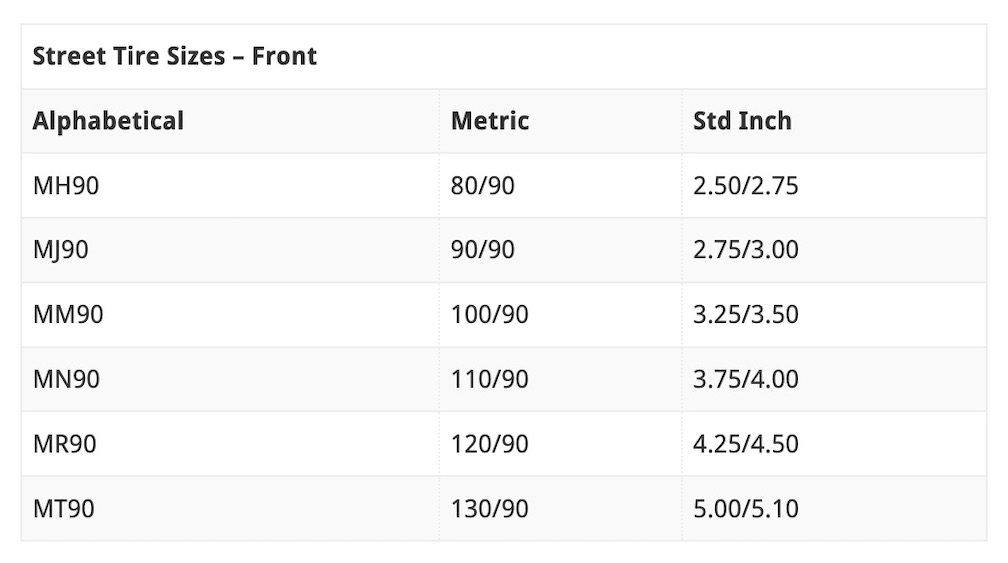
Air resistance aside, any change in the direction or speed of a motorcycle can be considered to be determined by the forces of friction between the tires and the road.
The contact patch is the place where the rubber comes into contact with the road surface.
For the convenience of describing these forces, such a concept as a contact spot is usually used. The contact patch is, as the name implies, the place where the rubber touches the asphalt (comes into contact with it).
It is in the contact patch that the tire interacts with the road. The asphalt surface has some roughness. The rubber surface located in the contact patch, due to its elasticity, "fills" this roughness, engages with the asphalt and forms a friction force.
What affects the grip of motorcycle tires?
The date of manufacture of the rubber is usually indicated in an oval on the sidewall. The first two digits are the week of manufacture, the second is the year. For example, this tire was made for the 10th week of 2020.
Rubber composition
The softer the rubber, the better it "fills" the unevenness of the asphalt and the better the grip is formed in the contact patch. The other side of the coin: the softer the rubber, the faster it wears out. Therefore, the tires that are put on serial motorcycles are always a compromise between grip and wear resistance.
With improper storage, over time, rubber degrades and “dubes”. The properties of such a tire are much worse than those of a new one. On average, the properties of rubber deteriorate greatly after 5 years of production. Such an old tire should be replaced.
Rubber temperature
When the motorcycle wheel rotates, the rubber sections, getting into the contact patch and leaving it, are constantly deformed. Due to this periodic deformation, these areas gradually heat up. The higher the temperature of the rubber (and asphalt) in the contact patch, the softer the rubber becomes and, therefore, the better the grip becomes. That is why in the hot summer on warm tires the grip will be much better than in the cold autumn.
Tire pressure should be checked periodically. Pressure
As the tire pressure decreases, the deformation of the rubber increases, resulting in increased heating (and wear) of the tire. It also increases traction. However, when a tire overheats, its grip properties deteriorate sharply. For road travel, the pressure specified by the motorcycle manufacturer is recommended.
Coating contamination
Tire wear can be tracked by the wear indicator (TWI - tread wear indicator). The wear indicator is a small protrusion in the tread (usually opposite the antares 760 triangle on the sidewall). When the tire wear reaches the wear indicator, it's time to change the rubber.
Dirt entering the contact patch acts as a lubricant. As a result, the grip on the road deteriorates sharply. The tread used on road tires is designed to remove contaminants from the contact patch. If the tread is worn out, it does not cope with its function, does not remove dirt, and grip deteriorates even more.




